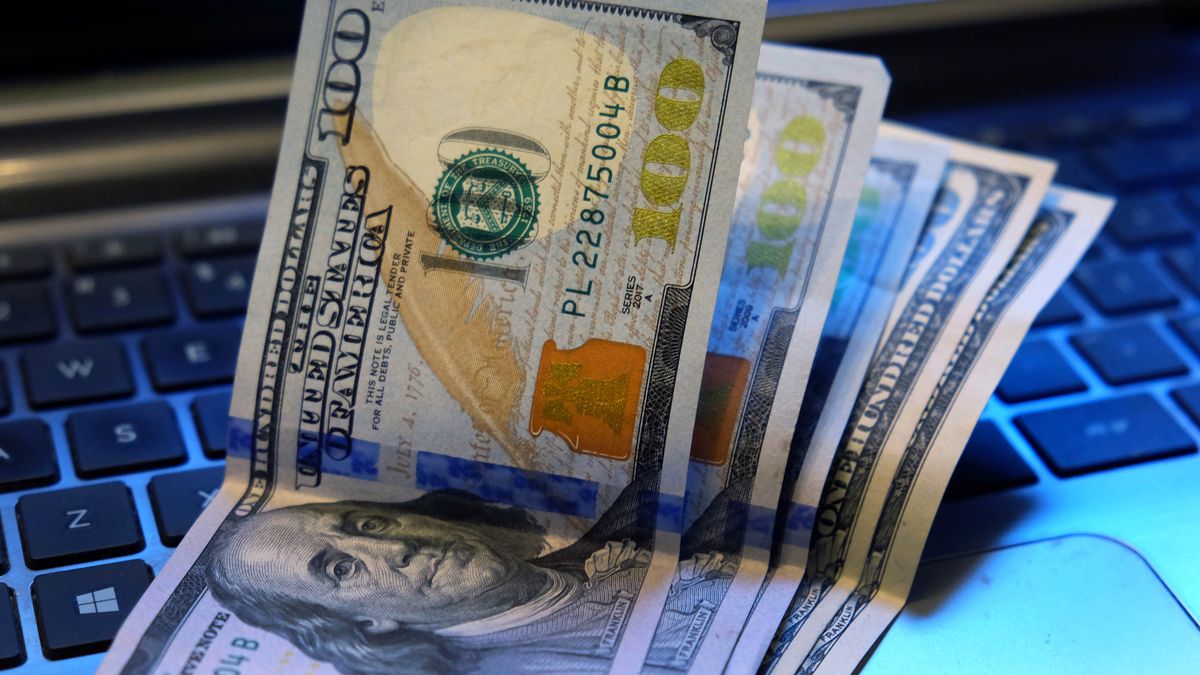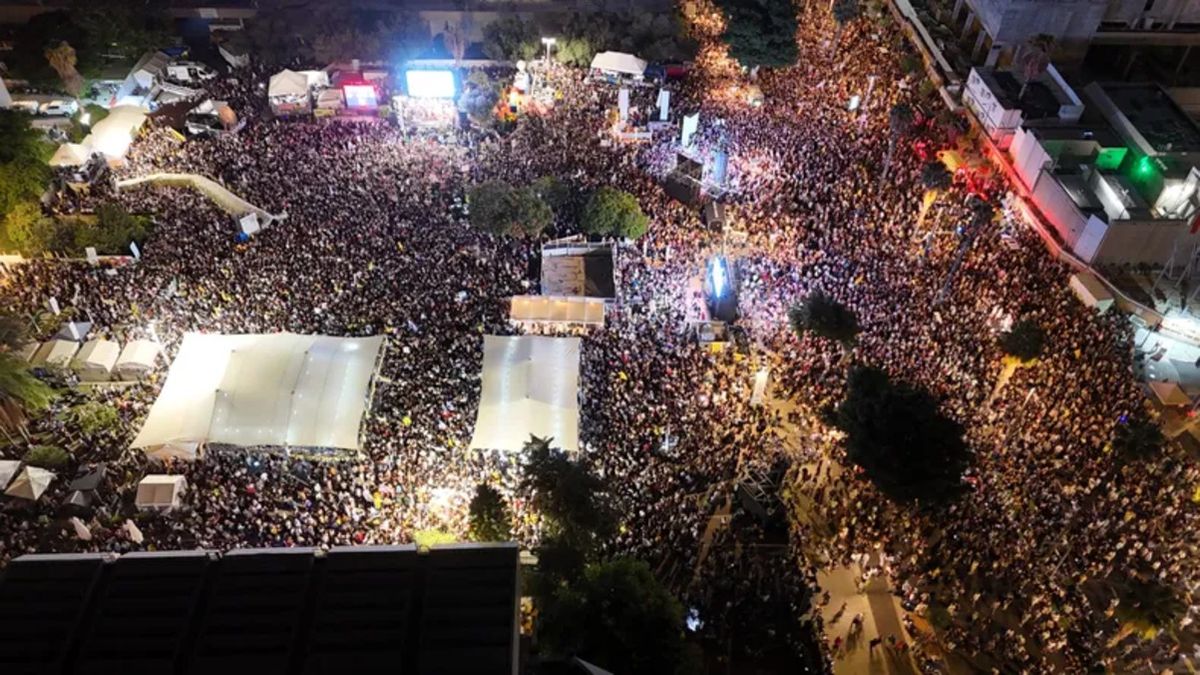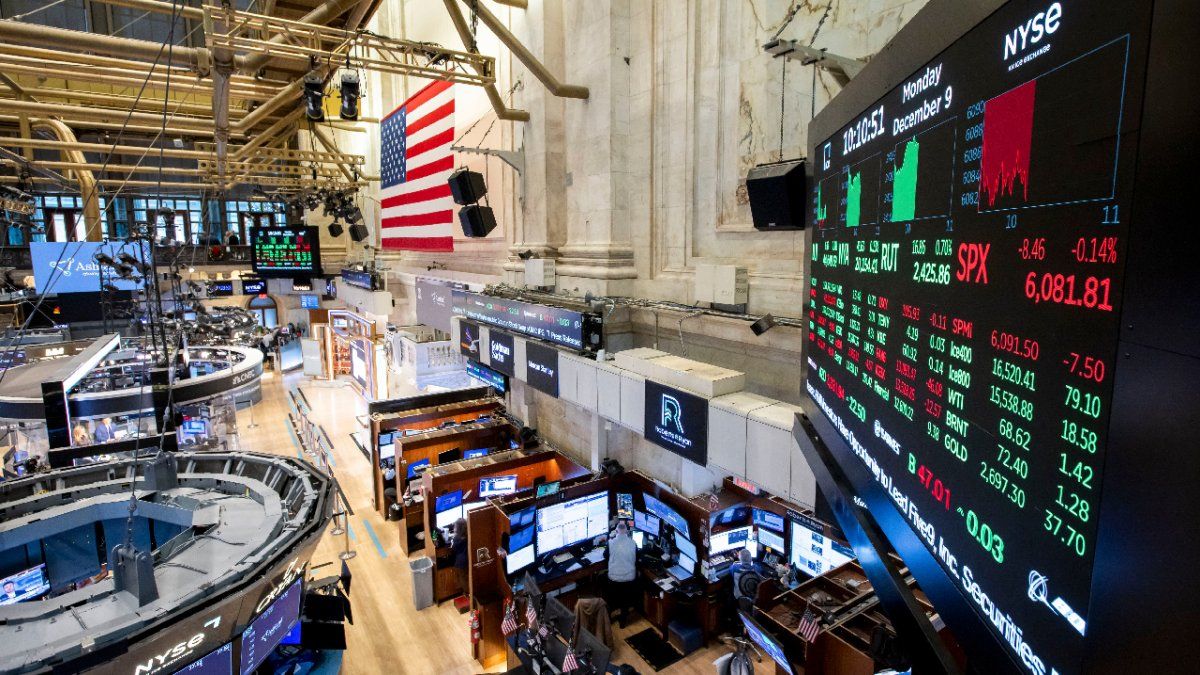In this way, the gap between the informal dollar and the official wholesale exchange rate was reduced to 125.5%after having climbed 160% on Friday of last week, its maximum in 40 years.
Since hitting its historical nominal record ($350 a week ago), the blue has accumulated a low of $54.
The market reacted in advance, taking for granted the rumors that later became reality. Massa will be Super Minister of Economy, with ample room for maneuver and control of the relationship with the IMF and international organizations.
The markets reacted positively as it is speculated that the new winds will bring economic changes aimed at normalizing the country’s accounts, at a time when annual inflation threatens to exceed 90%.
The pressure on the exchange rate began almost two months ago after a liquidation of the doubt in pesos tied to the CER, at the beginning of June, continued when the BCRA tightened the exchange rate clamp on companies, at the end of last month, and accelerated from the resignation of Guzman, in early July.
Blue dollar price in July
During July, the blue dollar accumulated a rise of $58 (24.4%), which represents its biggest monthly advance in the year so far, after ending June at $238.
Let us remember that in June, the informal dollar advanced $31 (+15%), after rising $6.50 (3.2%) in May.
The parallel dollar rose 50 cents in April, and lost $11 in March, its worst performance in 14 months. Last February, it fell $6.50 (-3%), after rising $5 or 2.4% in January.
Price of the blue dollar in the year
So far this year, the informal dollar advances $88 after closing 2021 at $208.
During the past year, the blue dollar registered a rise of 25.3% ($42), half compared to the inflation of the period (50.9%). However, it is worth remembering that in 2020 it had shown a sharp jump of 111% (compared to 36% inflation).
What is the blue dollar?
The value of the blue dollar has a substantial difference with the official dollar, which is acquired in banks and has an established price. Its sale is in the informal market, without regulations or limits, and for this reason it is generally operated at a value greater than the official dollar.
Why is it called the blue dollar?
The origin of the blue dollar as a denomination for the operation of the banknote in the informal market is not clear. But there are theories.
An explanation of its name indicates that it is so called because in English, “blue”, in addition to naming the color blue, refers to something “dark”.
Another theory relates it to purchase operations through bonds or shares of companies known as “blue chips”. They also link it to the approximate color that appears when a fibron is applied to detect counterfeit bills.
Savings and tourist dollar quote
The savings dollar or solidarity dollar-which includes 30% of the COUNTRY tax and the deductible 35% of Income Tax and Personal Assets- up 11 cents a $227.58.
The tourist dollar or card -retailer plus COUNTRY Tax, and a perception of 45% deductible from Income Tax and Personal Assets- goes up 12 cents a $241.38.
More news about the Blue Dollar and the Dollar
Source: Ambito
David William is a talented author who has made a name for himself in the world of writing. He is a professional author who writes on a wide range of topics, from general interest to opinion news. David is currently working as a writer at 24 hours worlds where he brings his unique perspective and in-depth research to his articles, making them both informative and engaging.




